Photo Essay: Following the Anacostia Water Trail
The Anacostia River defies expectations with its surprising array of wildlife and recreation opportunities.
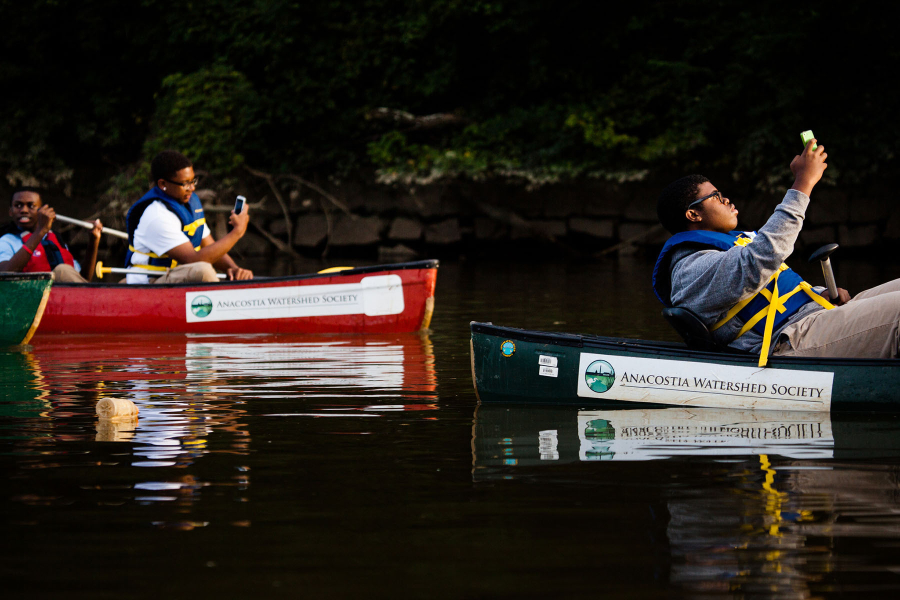
For the uninitiated, paddling the Anacostia River in Washington, D.C., provides an opportunity to discover a hidden natural gem. Paddling away from the riverbank on an early fall evening, we quickly begin to slide past egrets hunting in the shallows and turtles diving deep to avoid our canoe. Joining them is a kingfisher, chattering as it circles before landing on a branch, and a bald eagle, following the course of the river upstream and disappearing around a bend. Moments like this are why the Anacostia Watershed Society (AWS) hosts free paddle nights like the one at Kenilworth Park in D.C. — to change perceptions of a river with a reputation of being heavily polluted.
“From the perspective of someone who’s heard about the river but never been there, I think the most surprising thing is that there’s a whole lot of nature,” says Lee Cain, Director of Recreation at AWS. “When you get out there, there’s some places where you’re there and you think, ‘Am I in the middle of West Virginia?’”
Cain says he heard many negative stories about the Anacostia River before visiting it for the first time, but his perceptions changed after experiencing it up close. The Anacostia is indeed still plagued by trash, sewage, toxins and runoff. But it is also a place where Cain has seen fox and deer swimming across the river, where egrets aggregate by the dozens at nighttime, and where bald eagles and osprey lay their eggs in March so their fledglings can feed on shad. In June, the 9-mile Anacostia Water Trail officially opened, featuring many natural areas and recreation sites along the river.
“You’re probably going to see a higher density of wildlife on this river than you might in even the Jug Bay wetlands,” says Cain.
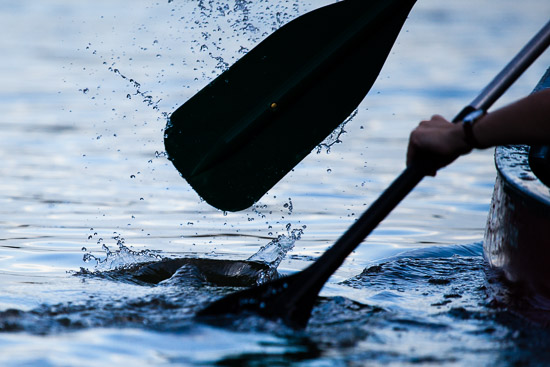
Cain says the Anacostia is better than it was 25 years ago, when cars, refrigerators and tires were the big items being pulled from the river. Positive signs of change have come in the form of a plastic bag fee passed by the D.C. Council in 2009, and a ban on plastic-foam food containers that passed in June. A group called Groundwork Anacostia River DC has implemented litter traps in several tributaries, and AWS operates a trash trap study as well. The Anacostia Revitalization Fund, established in 2012, has provided funding for local initiatives aimed at restoring the river’s health. DC Water’s $2.6 billion Clean River Project will remove 98 percent of combined sewer overflows to the Anacostia by 2022, keeping 1.5 billion gallons of diluted sewage from entering the Anacostia every year. And the Pepco Benning Road Power Plant, which ran on coal then oil for over a century, sits quietly near the Anacostia, shuttered since 2012 and slated for demolition.
“If [the power plant] has some source of PCB contamination then at least that source is gone and now, when we clean out the soil, we’ll have a pretty clean space,” says Cain.
He says it has been a big year for toxins in the river, with the District of Columbia taking core samples along the river to assess what is down there and what it will cost for removal.
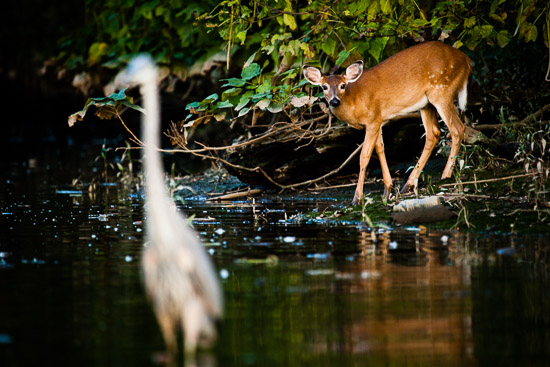
“One thing that’s encouraging is that it took us a couple centuries to sort of destroy this river, and then it’s only taken us about 25 years to get it to where it is now,” says Cain. “So you can imagine in another 25 years where it will be.”
In the meantime, AWS will continue working toward the goal of a fishable and swimmable Anacostia by 2025. Getting people on the Anacostia on paddle nights is just one effort to let people see firsthand what it already has to offer. The hope is that some of those visitors might become volunteers with AWS’ or their partners’ trash, stewardship, education and other programs.
“There’s a lot of the Anacostia that’s not exactly accessible to people, and in order to have all of these things and these efforts continue we need the support of the public,” says Cain. “We need people to recognize that this is a resource worth saving.”
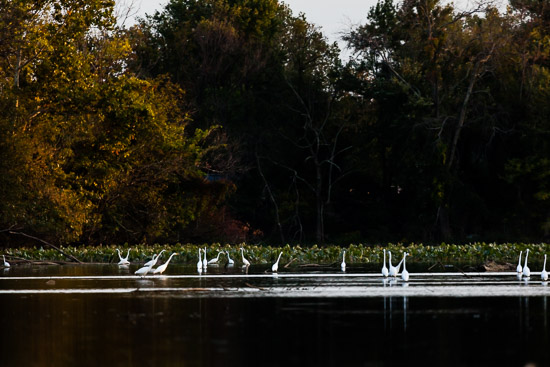
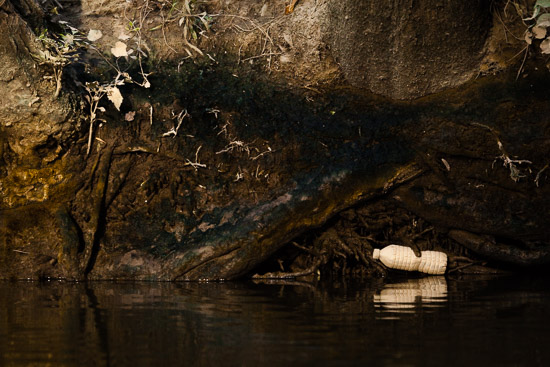
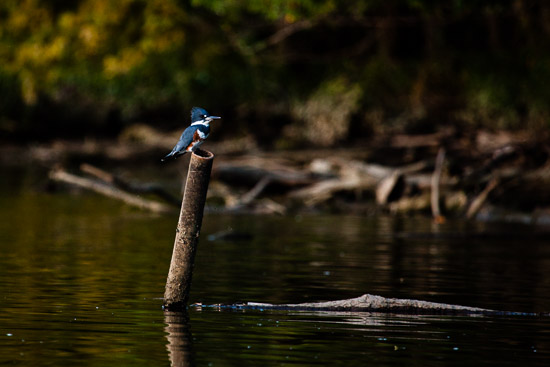
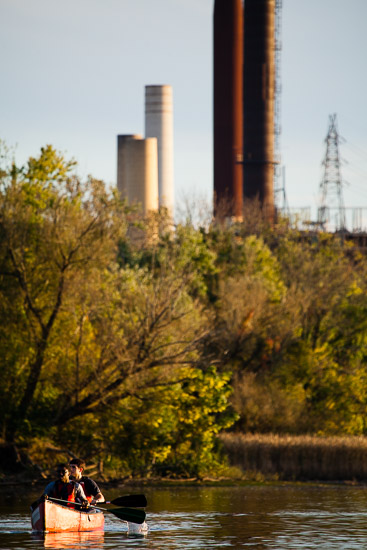
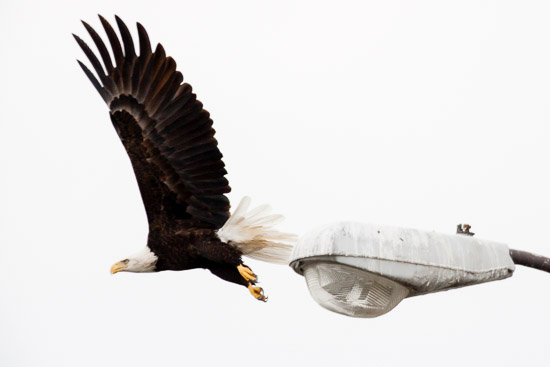

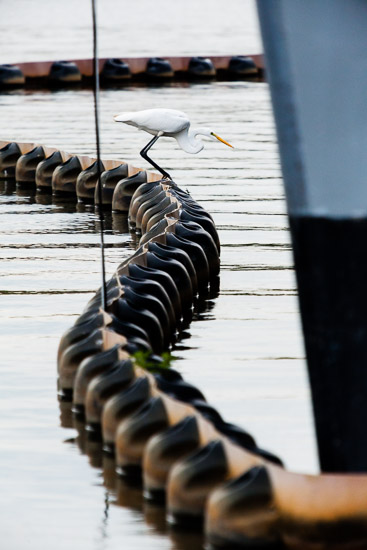
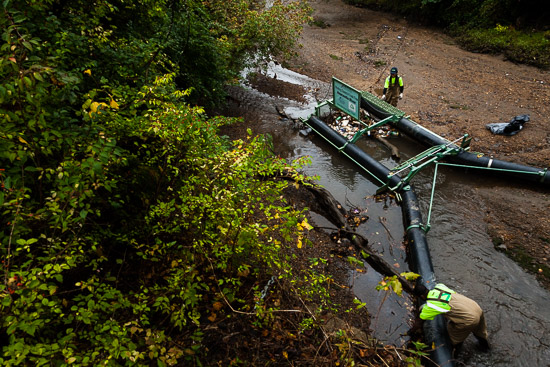
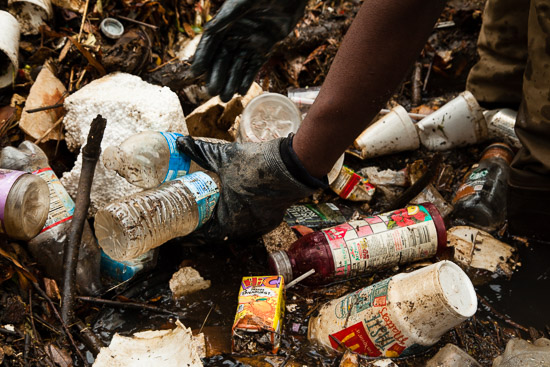
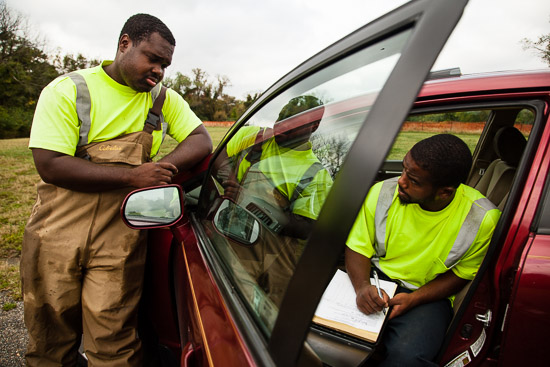
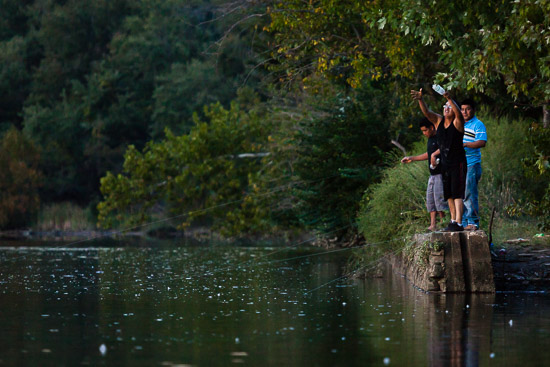
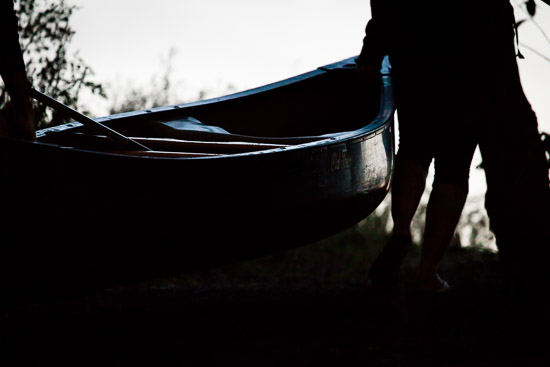
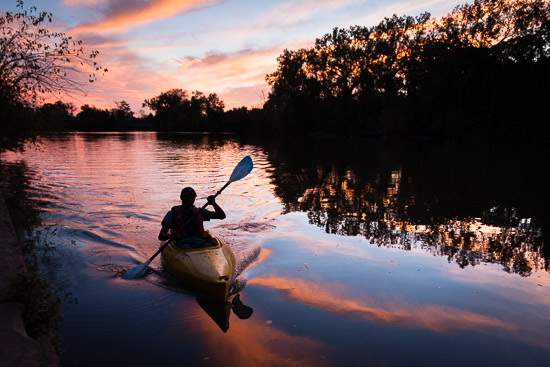
To view more photos, visit the Chesapeake Bay Program Flickr page.

Comments
These are some terrific photographs. Thanks for taking them -- they really do give folks a glimpse of how beautiful the Anacostia River is, as well as the challenges we still need to address on our way to fishable and swimmable by 2025!
Thank you!
Your comment has been received. Before it can be published, the comment will be reviewed by our team to ensure it adheres with our rules of engagement.
Back to recent stories